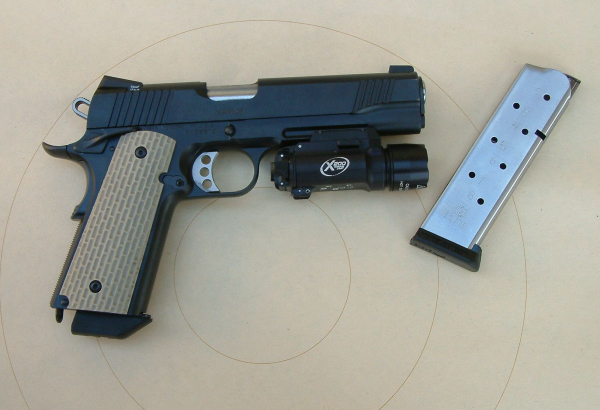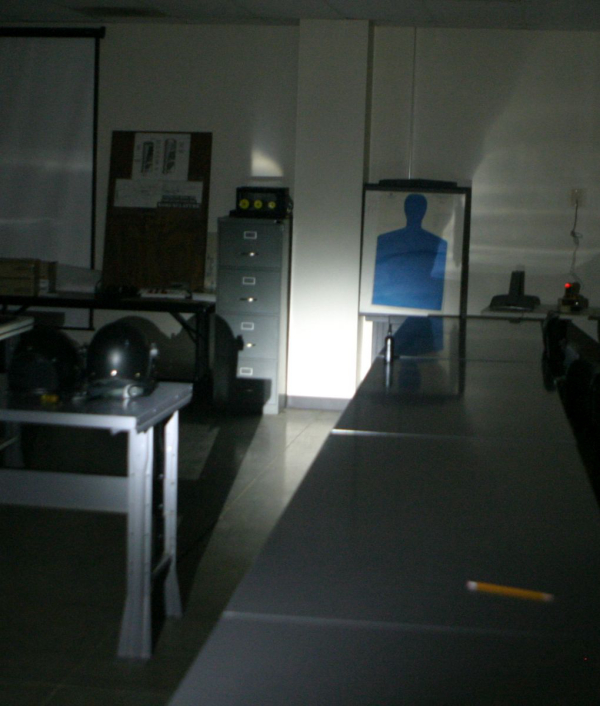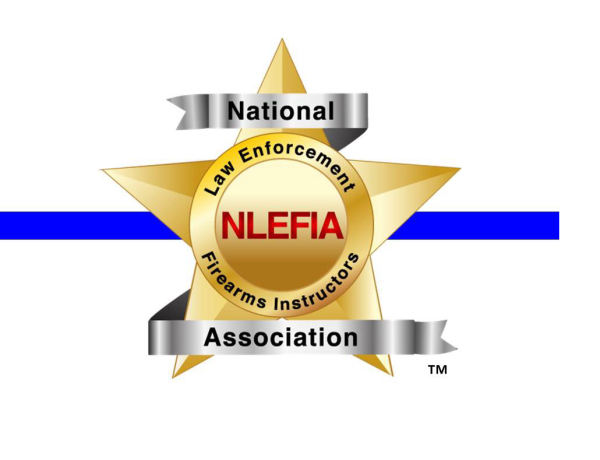First, this feature – about an “uncommanded discharge,” determined to be “stuff got into a holster made too big to fit a gun with a mounted light" – was apparently turned into an “anti-weapon light” piece by a commentator.


The response included the facts that (1) cops can’t shoot as well one-handed as two-handed, and (2) if agencies fail to train people to “search” using the gun light, that’s a problem for the agency – it doesn’t mean the gear is “bad. “
Failure to train is completely unheard of, right? Agencies (and individuals) not training up on new/replacement gear has never happened. And, if you attended a department qual course just to look at the ballistic aftermath, you wouldn’t be crying about cops who can’t shoot one-handed (it’s a handgun, not a “hands-gun”); so many are marginal with two-hands because gunmanship never seems to take center stage in training.
All that said, the story was that some believe that the unexpected gun shot was due to a holster design that allowed something into the trigger-area of the gun. That’s a holster thing; the holster had to accommodate the light on the end of the gun. It’s my understanding that holster makers are trying to deal with the issue – and that they have been.
And to think I did all that time on the road with no light on my pistol … or the revolver I’d carried early on.

Next, the National Law Enforcement Firearms Instructors Association has released a summary of their five-year survey study of officer-involved shootings involving officers using pistols with pistol-mounted optics. As it was a survey, only 35 incidents were recorded. A few reasons for the small number includes the fact that many members of service were unaware there was a survey. Others would have been recorded but the agencies and officers were warned that any potential investigations and litigation had to clear before any details were provided to others.
In the introduction, the constraints of the study were explained: “This survey had a very narrow focus on the equipment used, pre-incident training, and incident performance using a pistol mounted optic. Any questions related to this summary should be directed to NLEFIA at office@nlefia.org .”
20% of the responses came from firearms instructors briefed on the incident. Over 77% were reported by the involved officer.
Over half of the involved officers had been carrying a pistol-mounted optic for less than a year when their shooting occurred; 20% were in an agency where no training with the PMO was required before deployment – (note the discussion about gun lights, skill and training above).
In one incident, 23 rounds were fired; a hit was recorded and that was shooting through a barrier.
26 of the 35 incidents saw five rounds or less fired, with eight incidents being resolved with a single round.
If you don’t include the outlier 23-round event, the hit ratio was 73%. (Even with that, shooters overall scored 63%.)
So that means that the optic helped, right?
Don’t jump to the end. Out of 35 incidents, 27 shootings occurred inside of 10 yards. Four events occurred further than 25 yards. A note at the end of this set of data explained that “Many shooters at less than 5 yards indicated they did not see the red dot. They used a “point shooting” / kinesthetic method.”
That is self-reported and we can discuss it at some point.

Over 11% of respondents reported that the shooter shot with one hand. (See gun-light story, above.)
Out of 19 total responses (n=35), over 73% reported using a gun light for illumination. Just over 5% used a hand-held light.
Optics failure was reported in two incidents out of 35, with no answer as to the nature of the failure.
Twenty respondents answered this question: “Anything notable about this incident that relates to the use of pistol RDS?”
I won’t list them all, though some should be noted.
“Shooting happened too fast and too close. Neither the RDS nor iron sights were utilized.”
“Aided in quick acquisition of sight/dot and subsequent rounds on target. Easier identification of suspect.”
“Using ballistic shield …”
“I barely had to look at my weapon before firing, I just kept eyes on the subject and fired when I could see the dot.”
“Foot pursuit, and distance of 40.66 yards ... “
“The RDS allowed me to easily know, without a doubt, where my shot would enter the subject's body. It also assisted in maintaining an optimal shot placement while moving.”
The NLEFIA organization is to be commended for this effort – and we need a study in this format to continue.
Having a sample of 35 incidents is hardly definitive; it’s little more than 35 anecdotes, but it’s a great start. While the study was to determine whether PMOs were a good fit for police duty handguns, the information gathered on a more-or-less ongoing basis could be helpful for planning, purchasing, and training going forward.
It’s always better to provide more light without creating unnecessary heat.
— Rich Grassi